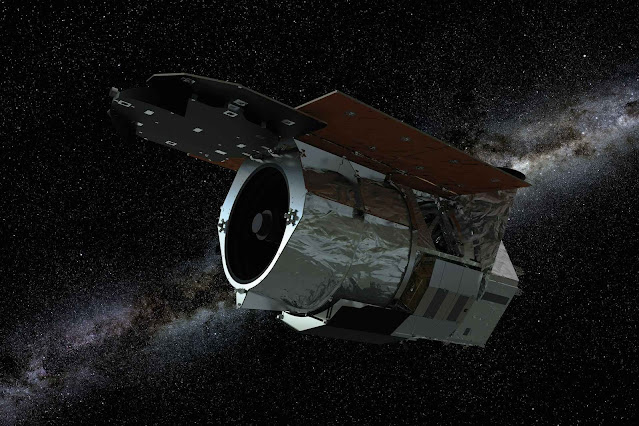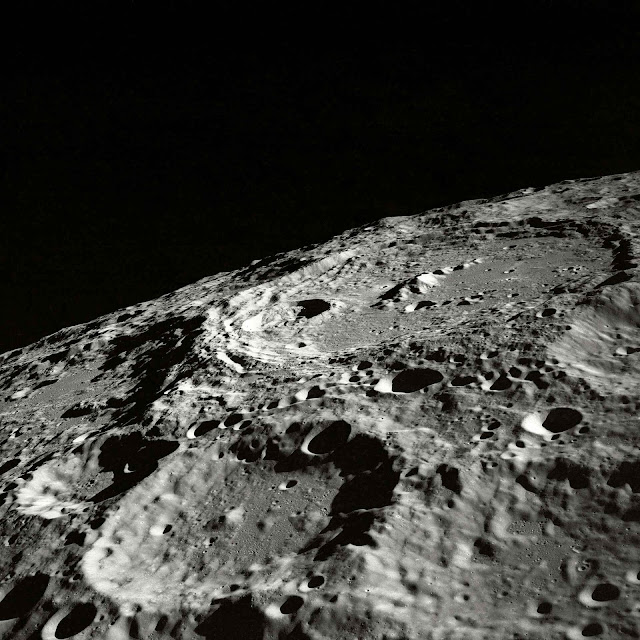 |
| NASA Artemis 3 moon mission latest news USA 2025 |
🌕 A new journey to
return to the moon
NASA’s Artemis III mission is going to start a new phase of
human landings on the moon. This mission is not only a series of returning
humans to the moon, but also to that part where humans will be placed for the
first time – the South Pole of the moon. Based on every point of view, this
mission’s planning, technological advances, and geopolitical elements are
fascinating. The purpose of the Artemis III mission is not only to land on the
moon, but also to gain experience for sustainable research and future Mars
missions from there.
🚀 Artemis III: Mission’s
Purpose and Schedule
Artemis III is the third step of NASA’s Artemis program. The
four people will take the space shuttle Orion to the moon as part of this
mission. Two astronauts will land on the South Pole of the moon via Starship
HLS (Human Landing System), while the other two astronauts will stay in Orion
and wait for them. The first launch of the mission was initially planned for
2027, but technical challenges and spacecraft safety tests may delay it a
little.
The ultimate goal of Artemis III is for astronauts to spend
a week on the surface of the moon and study scientific experiments and
resources, which will be important for future lunar bases and Mars exploration.
🛰 Battle of Technology:
Orion, Starship, and SLS”
Orion Spacecraft
The Orion spaceship will transport humans to and from the
moon. It is NASA’s primary crew vehicle that comes with advanced life support
systems and radiation protection. Through Orion, the safety and comfort of
astronauts has been taken care of.
Starship HLS
SpaceX’s Starship Human Landing System will safely land
astronauts on the South Pole of the moon. This will be the first crewed flight
of this mission, and through this, NASA and SpaceX will create a new record of
partnership.
Space Launch System (SLS)
SLS is NASA’s heavy-lift rocket that will take Orion from
Earth to the moon. This rocket is one of the most powerful rockets in the world
and its design guarantees the highest safety and mission success for
astronauts.
🌕 the Moon’s South Pole: Why is this place
significant?
South Pole of the Moon is one of those regions where water
ice can be present in permanently shadowed craters. Future moon towns will use
this water to help make oxygen, rocket fuel, and water for human consumption.
Apart from this, this region is challenging for solar energy, so NASA has also
planned nuclear power systems here which can be operational by 2030.
this mission will be historic for scientific discoveries and resources.
👩🚀
Role of First Woman and Person of Color
A special aspect of the Artemis III mission is that for the
first time a woman and a person of color will land on the moon. This is a
tribute to NASA’s diversity and inclusion. This historic moment is important
not only in space exploration but also for the representation and inspiration
of humanity.
🧑🚀
New Design of Spacesuit and Visor
New spacesuits and visors have been designed for the
astronauts of Artemis III. Oakley and Axiom Space have created such visors that
will provide protection from UV radiation, extreme temperatures and
micrometeorites. These visors use high-definition optics and gold coating to
provide clear vision even in low light. Improvements in spacesuit technology
ensure mobility and safety of astronauts.
⚖ Space Law and Geopolitical
Challenges
NASA’s plans for a nuclear reactor on the moon and South
Pole exploration have also highlighted international space law and geopolitical
tensions. The Outer Space Treaty states that no nation has the right to take
sole authority over celestial bodies. But if the first country establishes
sustainable resources, it could gain a strategic advantage.
China and Russia are also making rapid progress in lunar
exploration. While Russia is finishing up tests of its lunar lander, China
plans to send a team to the moon by 2030. This global competition makes NASA’s
Artemis III mission even more critical.
🧪 Mission Preparations
NASA has made extensive preparations for Artemis III. The
astronauts practiced spacesuit and lunar surface activities in the Neutral
Buoyancy Laboratory using underwater simulations. Lunar lighting and terrain
simulations have prepared the astronauts for real mission conditions.
Testing and validation of every system for the mission is
NASA’s priority, so that there is no risk in landing and surface operations on
the moon.
 |
| NASA Artemis 3 moon mission latest news USA 2025 |
🔮 Importance of Artemis
III
Artemis III mission is not just about landing on the moon,
but it is the first step in a new era of space exploration. If this mission is
successful, it will provide a roadmap for missions to Mars and beyond.
Scientific discoveries, resource identification, and more
NASA Artemis 3 Moon Mission – Interactive Summary)
NASA’s Artemis III mission is a historic journey for humans
on the moon. This mission is not just space exploration, but also a celebration
of human curiosity, courage, and innovation. Let’s see the highlights of this
mission:
🚀 Mission Key Facts:
On the initial a period of time a woman and another
individual from another race will arrive on the Moon’s South Pole.
The Orion spacecraft will take astronauts to the moon and
bring them back.
Spaceship HLS will safely land them at the far South Pole.
The SLS rocket will provide essential lift for the mission.
The purpose of the South Pole: Research on water ice and sustainable
resources.
🧑🚀
Astronauts’ Preparations:
In the Neutral Buoyancy Lab, participants practiced
underwater.
Spacesuits and visors were tested for extreme conditions and
radiation.
To assure the mission’s safety and efficiency, detailed
simulations of all systems were conducted.
🌍 Global Impact:
The flight puts the United States in an advantageous
position in the international space race.
Competition with the lunar plans of countries like China and
Russia is also highlighted.
Scientific discoveries and resources identification provide
a roadmap for future Mars and deep space missions.
❓ Interactive Questions for
Readers:
You must be wondering: Which experiments will the astronauts
do there?
Can future colonies be formed from the water ice of the
South Pole?
How will this mission transform our understanding of space?
✅ Fun Fact:
The visors and suits of the astronauts of the Artemis III
mission have been specially designed to provide protection from micrometeorites
and UV radiation.
📢 Takeaway:
The Artemis III mission is more than just a technological
trip; it represents a new chapter in the human spirit and exploration. If the
mission is successful, it will set the roadmap for future Mars and deep space
missions.
❓ Interactive Questions for
Readers:
1. What do you think, what will be the first experiment done
by Artemis III astronauts on the South Pole?
2. Do you think future lunar colonies are possible from the
water ice of the moon?
3. How will the Artemis III mission transform our
understanding of space?
4. How do you anticipate the first woman and person of color
landing on the moon will affect society?
5. If you were an astronaut, which portion of the moon would
you want to examine?
6. Do you think nuclear-powered lunar bases can be safe and
sustainable?
7. How do you see the Artemis III mission in comparison to
the lunar plans of China and Russia?
8. Which technology aspect do you find most interesting:
Orion, Starship, or SLS?
9. Do you think this mission will provide a roadmap for Mars
and deep space exploration?
10. If you could ask astronauts a question, what would it
be?